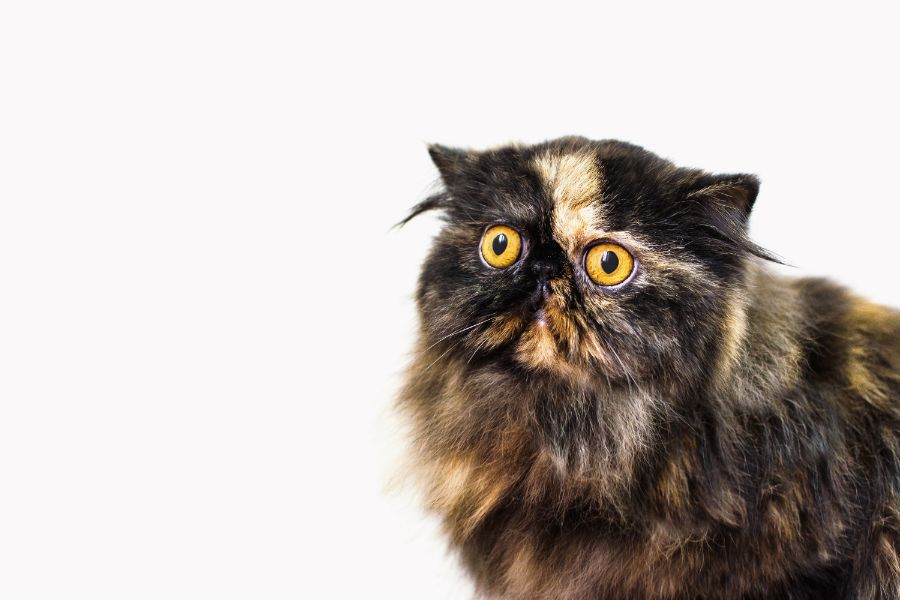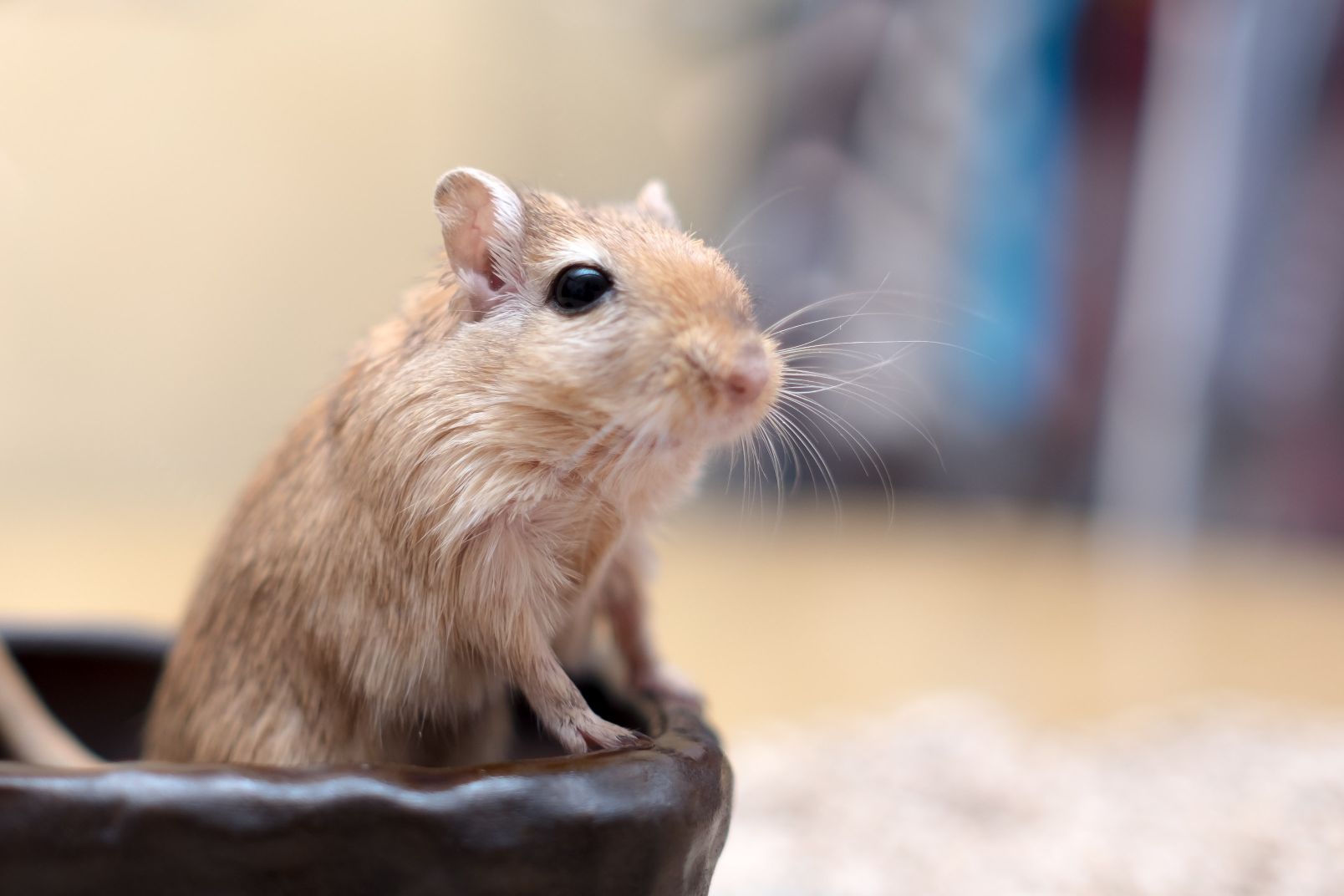
Pets are no strangers to a myraid of diseases, many of which can affect humans, too. In addition to medical conditions like zoonotic diseases, cancer, and kidney disease, hypertension – or high blood pressure – in cats is quite common.
Unlike in humans, however, hypertension in cats isn’t a result of stress. Instead, medical issues such as thyroid, kidney, and heart disease are the most common culprits.
Understanding Hypertension in Cats
Hypertension is the medical term for high blood pressure. For cats, this condition is generally diagnosed when their systolic blood pressure is above 160mm Hg. The condition is most commonly diagnosed in older cats with vision issues or blindness, or disease of the heart, liver, or kidney.
Some symptoms of high blood pressure in cats include:
- Deteriorating eye health or blindness
- Heart murmur
- Signs of heart, liver, or kidney disease, such as increased thirst and urination, excessive vomiting, and weight loss
- Seizures
- Fainting episodes
- Nosebleeds
The most common conditions that accompany hypertension in cats include:
- Hyperthyroidism (approximately 25% of cats with hyperthyroidism have hypertension as well)
- Kidney disease
- Heart disease
- Liver disease
Treating Hypertension in Cats
There are available medications that can help with feline hypertension, but the most effective course of action is to treat the underlying condition causing it.
While conditions such as hyperthyroid and some vision issues can be cured (and hypertension along with it), others can only be controlled. The specific course of action and prognosis will be dependent on your pet’s overall condition and underlying condition and will be determined by you and your vet on an individual basis.
If you are concerned that your cat may be experiencing hypertension or any of the underlying conditions that cause it, please make an appointment as soon possible. The team at Summeridge Animal Clinic is here to support you and your fabulous feline – whatever the need.



